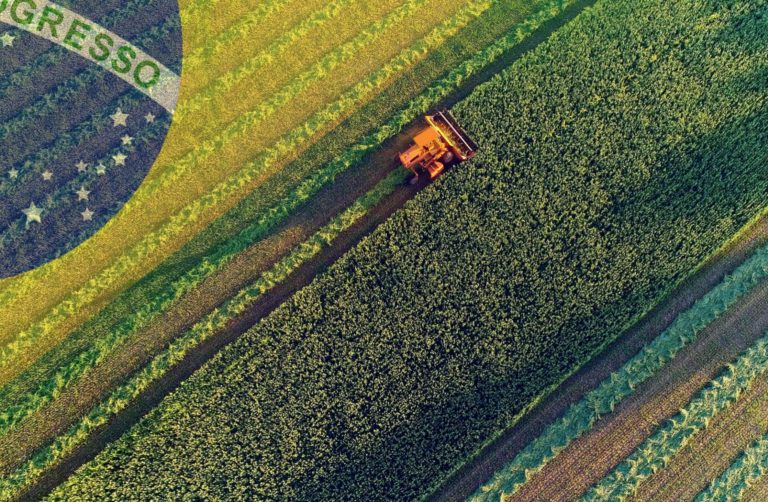RIO DE JANEIRO, BRAZIL – Data from FAO show that besides soy, coffee, and meat, the country is among the main producers of unusual items such as pepper, watermelon, cashew, and cassava.
Whoever thinks that the excellence of Brazilian agribusiness is limited to soy, coffee and meat are mistaken. The country is among the five largest world exporters in value of almost three dozen agricultural products.

The biggest highlights are the usual ones: sugar, cereals, soybeans, corn, oilseeds, and citrus fruits. But Brazil appears in the United Nations’ export “top five” with unusual products, such as pepper, watermelon, pineapple, papaya, coconut, cassava, cashew, tobacco, sisal, and other fibers, for example.
The data from 2019 are from the Food and Agriculture Organization of the United Nations (FAO) and were gathered in a study conducted by the Millennium Institute in partnership with the consulting firm Octahedron Data eXperts (ODX).
The objective of the work was to draw an x-ray of the Brazilian agribusiness to understand the reasons why the sector has lived through consecutive years of prosperity and has been going in the opposite direction of the others, even in the midst of the crisis caused by the new coronavirus pandemic.
International trade is one of the important pillars to sustain the sector’s good performance, boosted by the devaluation of the exchange rate and rising commodity prices.
Agriculture and cattle-raising accounted for about US$45 billion of exports in 2020, and several years have guaranteed a positive balance of trade. When evaluating exports by sectors, only agriculture and livestock showed growth in foreign sales (6%) compared to 2019, the study shows. The extractive and manufacturing industries, on the other hand, registered a drop of 2.7% and 11.3%, respectively.
This story is also repeated in the Gross Domestic Product (GDP), the sum of all the wealth generated in the country. In 2020, the farming and cattle raising sector was the only one with a positive result and contributed so that the adverse effects of the pandemic on the activity were not even greater.
The sector’s GDP advanced 2% over the previous year, while the industry’s retreated 3.5% and that of services, 4.5%. Meanwhile, the Brazilian economy as a whole shrank 4.1%.
“Agribusiness is a positive example of how the private sector really took off and is creating opportunities, increasing productivity, and continued producing despite all the confusions, diplomatic difficulties, and absurd taxation,” says Priscila Pereira Pinto, president of the Millenium Institute.
The executive says that the idea of the work is to show that there is protagonism of the private sector, despite the laws that plaster the economy, created by the gigantic State that exists in Brazil. “Agribusiness works because the State is not on top of it, and it is an example of inspiration for other sectors.”
Efficient use of technology
One of the highlights revealed by the study was the efficient use of technology and innovation to obtain record production and productivity gains, with a decrease in the difference between the planted area and the harvested area.
Sugarcane, for example, is the product that presents the best average yield. This mixture of technology and innovation means less water, less occupied area, greater sustainability, and results,” says Priscila.
According to the study, the harvest of all crops – annual and perennial – reached about 1.24 billion tons in 2020. This production occupied an area of about 63 million hectares or 13.5% of the Brazilian territory. In parallel, there was a more intensive use of technology, which the use of machinery can evaluate.
Between 2006 and 2017, the number of agricultural establishments with tractors, for example, increased by 50%. In 45 years, since 1975, the growth was 391%.
Another relevant aspect for the performance of agribusiness is the strong capitalization of the sector. Only 15% of the more than 5 million agricultural establishments seek some financing. Of the 784 thousand establishments that obtained some credit, 47% came from private resources and 53% from public resources.
Source: cnn brasil

